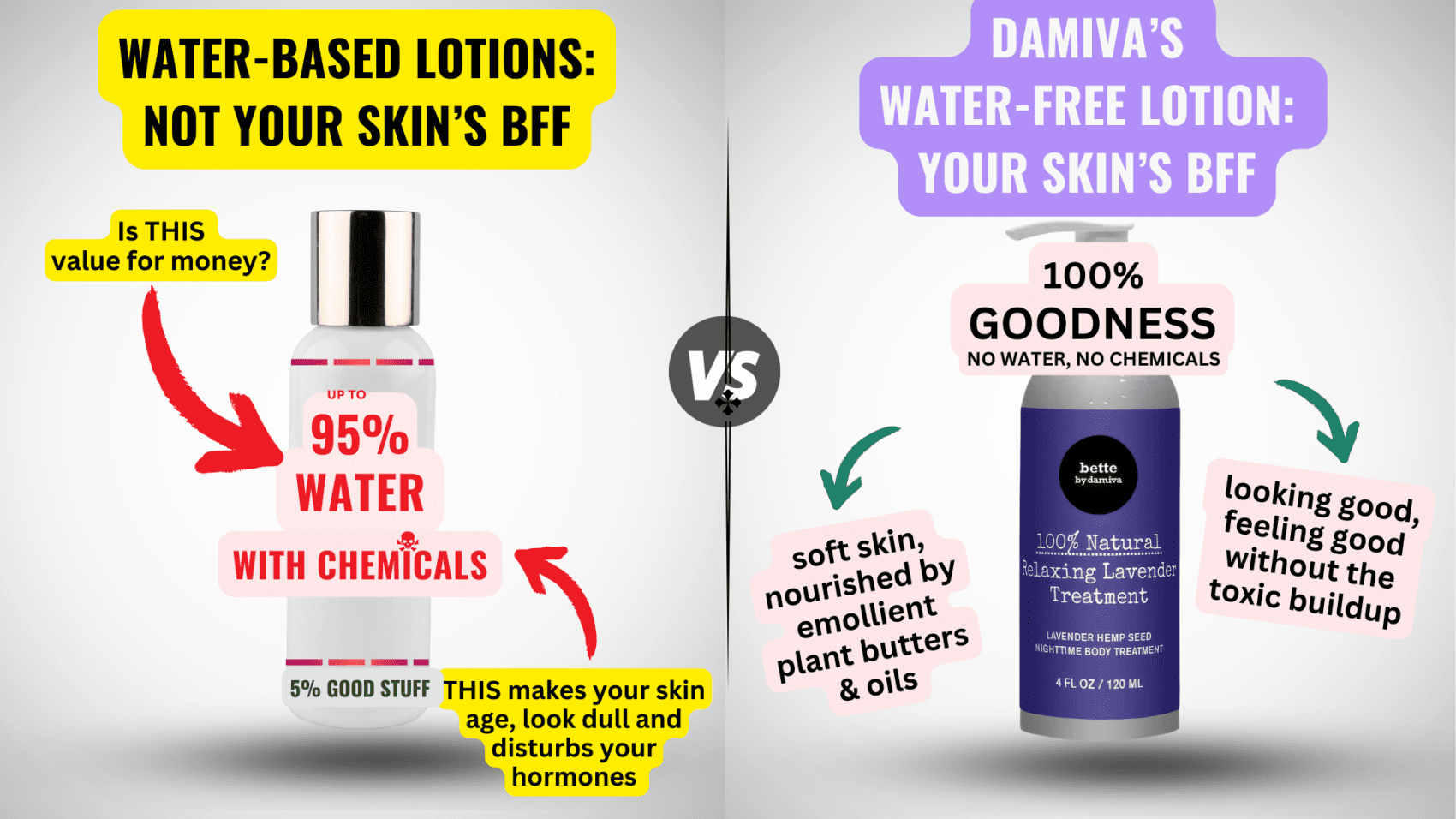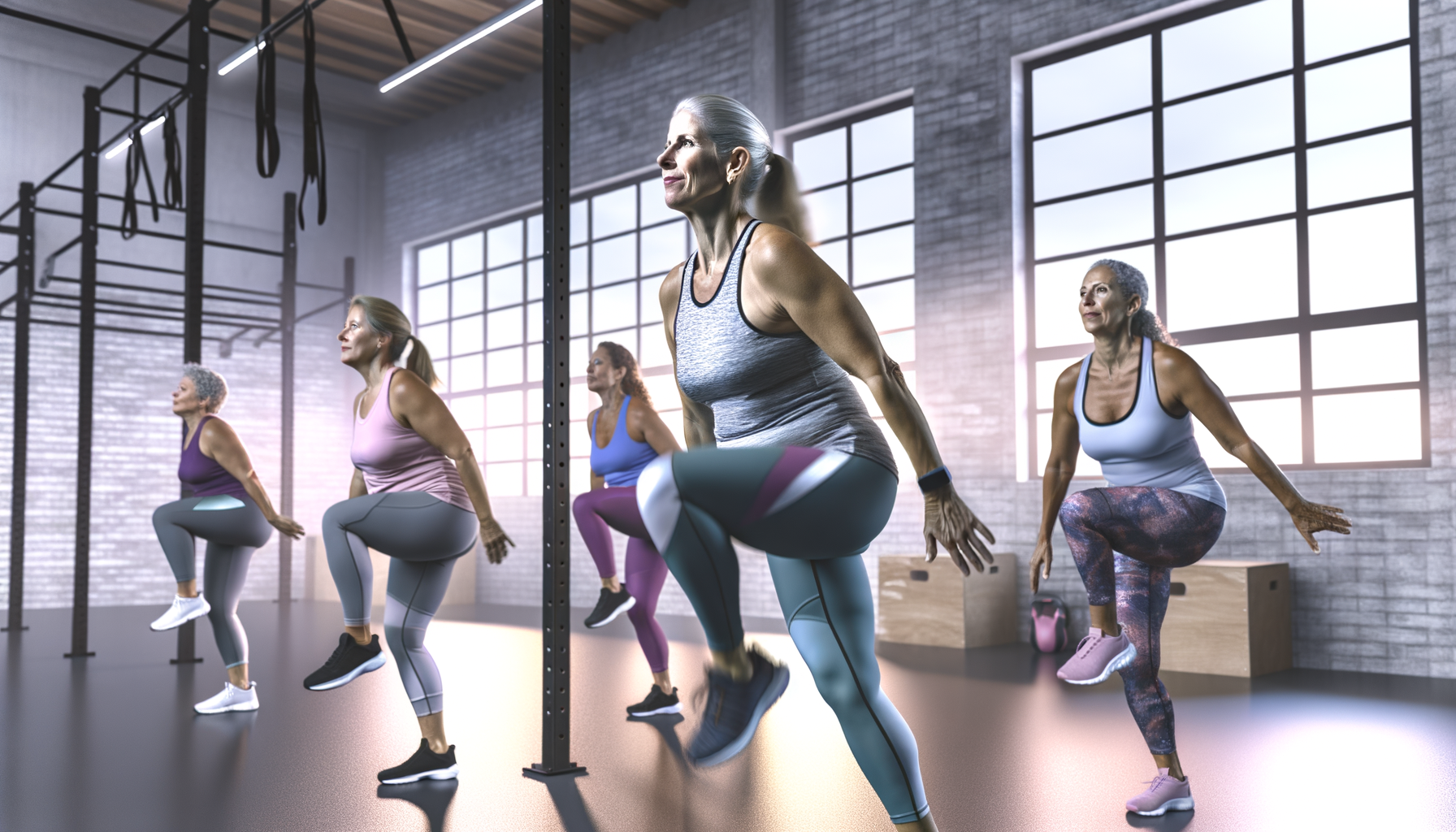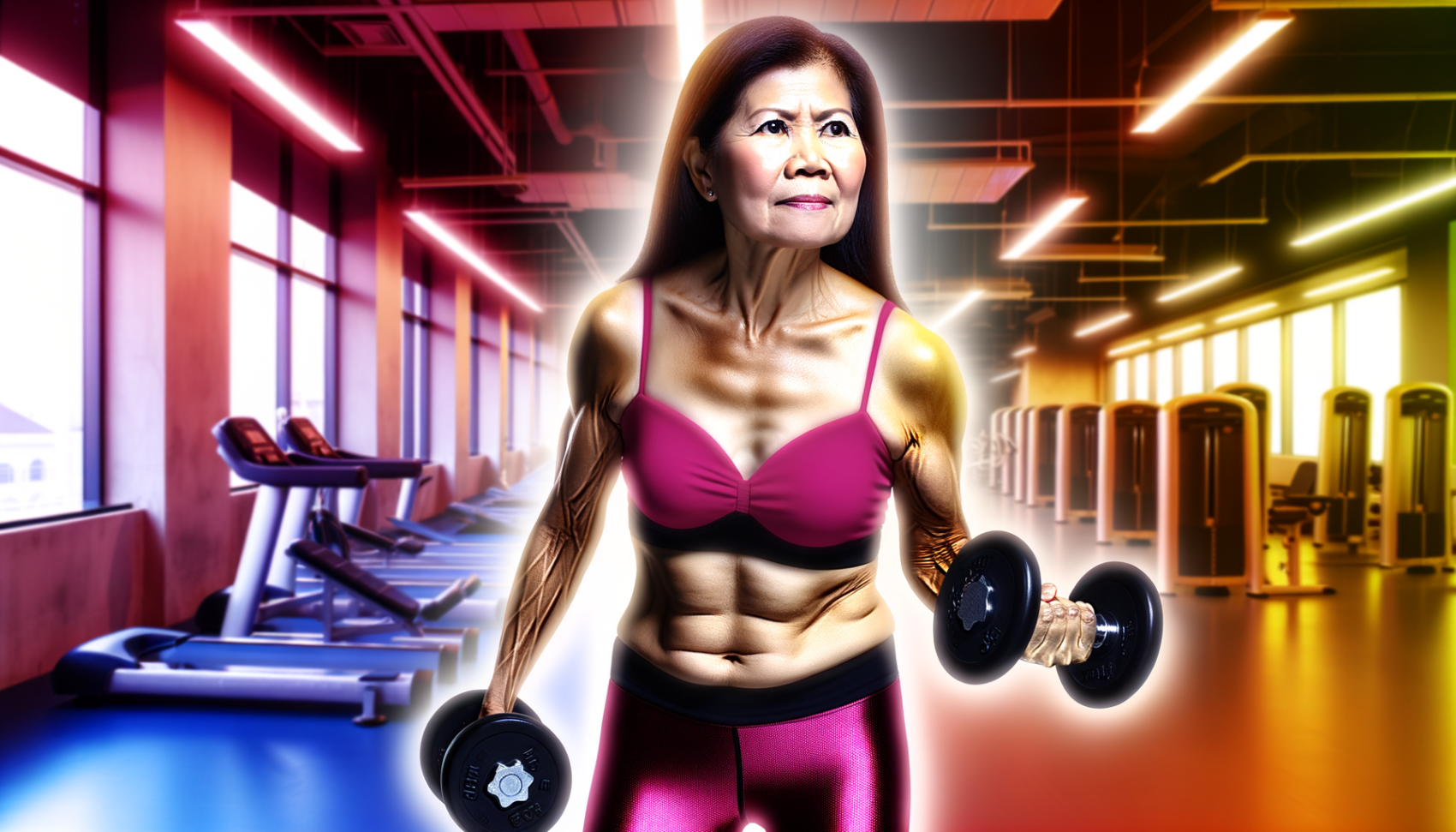Menopause marks a significant transition in a woman’s life, typically occurring between the ages of 45 and 55. It is defined as the cessation of menstruation for twelve consecutive months and signifies the end of reproductive capability. This natural biological process is often accompanied by a range of physical and emotional challenges, including hot flashes, night sweats, mood swings, weight gain, and decreased bone density. These symptoms are primarily due to the decline in estrogen and progesterone levels, which can also lead to increased risks of cardiovascular disease and osteoporosis.
Overview of High-Intensity Interval Training (HIIT)
High-Intensity Interval Training (HIIT) is a form of cardiovascular exercise strategy alternating short periods of intense anaerobic exercise with less intense recovery periods. Typically, a HIIT session lasts under 30 minutes, with times varying based on a participant’s current fitness level. HIIT workouts provide improved athletic capacity and condition, improved glucose metabolism, and due to the intensity, increased calorie burn.
The Rising Popularity of HIIT Among Menopausal Women
HIIT has gained popularity among menopausal women as a time-efficient and effective workout to combat menopause-related health issues. Its appeal lies in its ability to deliver quick results in fat loss, improved cardiovascular health, and enhanced muscle tone without the time commitment of traditional endurance workouts. Additionally, the adaptable nature of HIIT allows for modifications that can accommodate various fitness levels and physical limitations that may arise during menopause.
The Promise of HIIT: Energy and Strength During Menopause
For menopausal women, HIIT promises not just a solution to weight management but also a way to regain energy and strength. The training is particularly beneficial in countering menopause-related metabolic slowdown and in promoting lean muscle mass. Moreover, the intense bursts of activity in HIIT have been linked to increased endorphin release, which can help alleviate mood swings and improve overall well-being during this challenging phase of life.
The Science Behind HIIT for Menopause
Cardiovascular and Muscular Benefits
High-Intensity Interval Training (HIIT) has been recognized for its cardiovascular and muscular benefits, which are particularly advantageous during menopause. The fluctuating hormone levels during this life stage can lead to a decline in cardiovascular health, making women more susceptible to heart-related issues. HIIT, characterized by short bursts of intense exercise followed by periods of rest or low-intensity activity, has been shown to significantly improve cardiorespiratory fitness and muscular endurance. These improvements are crucial for menopausal women, as they help maintain heart health and combat the loss of muscle mass associated with aging.
Impact on Insulin Sensitivity and Metabolism
Menopause often brings about changes in metabolism and insulin sensitivity, leading to increased fat storage, especially around the abdomen. Engaging in HIIT can counteract these effects by enhancing insulin sensitivity and boosting metabolic rate. Studies have demonstrated that HIIT can lead to better glucose regulation and a more efficient metabolic profile, which is vital for managing weight and reducing the risk of type 2 diabetes, a common concern for menopausal women.
Endocrine System Revitalization
The endocrine system, responsible for hormone production and regulation, undergoes significant changes during menopause. HIIT has been found to positively influence the endocrine system, leading to a more balanced hormonal environment. This form of exercise can stimulate the release of growth hormone and other beneficial hormones, which can help alleviate some menopausal symptoms and promote a sense of well-being.
Psychological and Emotional Advantages
Menopause can also take a toll on mental health, with many women experiencing mood swings, depression, and anxiety. The psychological and emotional advantages of HIIT are noteworthy. The intense physical activity triggers the release of endorphins, often referred to as “feel-good” hormones, which can improve mood and reduce stress. Additionally, the sense of accomplishment after completing a challenging HIIT session can boost self-esteem and provide a mental respite from menopausal challenges.
In conclusion, HIIT offers a multifaceted approach to managing the physiological and psychological aspects of menopause. By incorporating HIIT into their fitness routines, menopausal women can experience enhanced cardiovascular health, improved metabolism, hormonal balance, and better mental well-being, making it a powerful tool in navigating this transitional phase of life.

If you wonder, if this discomfort and the dryness down there will be there forever….
Try Mae. Mae is gives you back comfort, control, re-assurance, and re-connecting.
Mae is more than just a vaginal moisturizer; it’s your ally for intimate natural health, rediscovering joy, cultivating comfort, and even igniting sparks of intimacy and rekindled romance. Mae is your companion in rejoicing in your femininity at every stage of life. Learn more…
Designing a Menopause-Friendly HIIT Routine
Assessing Fitness Levels and Setting Realistic Goals
Before embarking on a High-Intensity Interval Training (HIIT) program, it’s crucial for menopausal women to assess their current fitness levels. This can be done through a series of simple tests or with the help of a fitness professional. Once a baseline is established, setting realistic and achievable goals is the next step. Goals should be specific, measurable, attainable, relevant, and time-bound (SMART). For instance, aiming to complete a 20-minute HIIT session three times a week is a clear and manageable target.
Creating a Balanced HIIT Schedule
A balanced HIIT schedule for menopausal women should consider energy levels and hormonal fluctuations. It’s recommended to start with two to three HIIT sessions per week, allowing for adequate recovery time. Each session should include a warm-up, a series of high-intensity exercises interspersed with rest or low-intensity intervals, and a cool-down period. As fitness improves, the intensity and frequency of workouts can be gradually increased.
Incorporating Variety and Progression
Variety in a HIIT routine not only keeps workouts engaging but also challenges different muscle groups and prevents plateaus. Incorporating a mix of cardio exercises, such as jumping jacks or high knees, with strength-based movements like squats or push-ups, ensures a well-rounded approach. Progression is equally important; as the body adapts, increasing the intensity, duration, or complexity of exercises will continue to yield benefits. This could mean adding weights, extending work intervals, or incorporating more advanced exercise variations.
Adaptation and Modification Techniques
Adaptation and modification are key for a sustainable HIIT routine during menopause. Exercises should be tailored to individual capabilities and comfort levels. For example, a high-impact exercise like burpees can be modified to a low-impact version by removing the jump. Similarly, exercises that may cause discomfort due to joint pain or other menopausal symptoms can be substituted with gentler alternatives. It’s important to listen to the body and adjust accordingly, ensuring that workouts remain effective without causing harm or excessive fatigue.
Remember: Consult with a healthcare professional before starting any new exercise regimen, especially during menopause, to ensure it aligns with your health status and fitness goals.
Do you know the three main ways that your body gets in touch with harmful chemicals with everyday products? Knowledge is Power!
The Ultimate Detox Guide will tell you how to lower your exposure to harmful chemicals!

Key HIIT Exercises for Menopausal Women
Reverse Lunges with Hops for Balance and Strength
One of the key exercises for menopausal women is the reverse lunge with a hop. This exercise not only targets major leg muscles but also challenges coordination and balance, which are crucial during menopause. To perform this exercise, start with a basic reverse lunge by stepping back into a lunge position. As you come up, add a hop, switching legs with each repetition. The dynamic nature of this movement helps to improve lower body strength while also enhancing balance.
Broad Jumps for Cardiovascular Health
Broad jumps are an excellent choice for boosting cardiovascular health and leg muscle strength. Begin in a half-squat position and leap forward as far as possible, ensuring you land softly. Shuffle back to the starting point and repeat. This plyometric move not only increases your heart rate but also strengthens the entire lower body, making it a valuable addition to a HIIT routine for menopausal women.
Curtsy Lunges for Targeted Lower Body Training
Curtsy lunges are particularly effective for targeting the glutes and inner thighs. Stand with your feet hip-width apart, then step one leg back diagonally as if performing a curtsy. Lower into a lunge, then return to the starting position and repeat on the other side. This exercise not only strengthens the lower body but also helps in improving core stability, which is beneficial for overall fitness during menopause.
Additional Exercises and Variations
Beyond the aforementioned exercises, it’s important to incorporate a variety of movements into a HIIT routine to prevent boredom and promote progression. Additional exercises might include:
- Mountain Climbers: A full-body exercise that increases heart rate and engages the core.
- Push-ups: Can be modified to suit different fitness levels and effectively work the upper body.
- Plank Jacks: A combination of planking and jumping jacks that targets the core and adds a cardiovascular challenge.
Variations can be made to these exercises to increase or decrease intensity, such as adding weights, changing speed, or altering the range of motion. The key is to keep the body guessing and continuously adapting to new challenges.
The Role of Short Intervals in HIIT
Short intervals are integral to maintaining enjoyment and effectiveness in a HIIT workout. Different styles of interval training, such as Tabata (20 seconds on, 10 seconds off), can be customized to individual needs, ensuring that workouts remain engaging and appropriately challenging. By varying the intervals, menopausal women can find a HIIT rhythm that works for them, helping to sustain motivation and drive results.
By the way, something for you, a little gift!!!
I am just in the middle of publishing my book. It’s about How women can balance their hormones. One part is about food and diet, of course.
Follow this link and enter your email.
I will send you this part of the book for free once the book is published. It has many concrete, practical tips and recipes and will help you feel better during menopause or times of Big hormonal fluctuations.
Annette, Damiva Lead for Health & Wellness

Safety and Adaptability in HIIT for Menopause
It’s essential to listen to your body and be willing to modify exercises as needed. Consulting healthcare professionals before starting any new exercise regimen is crucial, especially during menopause. Understanding HIIT contraindications and safety measures will help ensure a safe and effective workout experience.
Thus, HIIT offers a range of benefits for menopausal women, from improved cardiovascular health to increased strength and balance. By incorporating key exercises like reverse lunges with hops, broad jumps, and curtsy lunges, along with additional exercises and variations, women can create a HIIT routine that empowers them through the menopausal transition. Personal stories of transformation and encouragement to begin the HIIT journey underscore the potential for positive change and the empowerment that comes with taking control of one’s fitness during menopause.
The Role of Short Intervals in HIIT
Maintaining Enjoyment and Effectiveness
High-Intensity Interval Training (HIIT) has become a popular fitness trend, especially among menopausal women seeking efficient workouts that fit into busy schedules. Short intervals are a hallmark of HIIT, typically involving bursts of intense activity followed by brief periods of rest or low-intensity exercise. The appeal of HIIT partly lies in its variability and challenge, which can keep workouts engaging and enjoyable. This enjoyment factor is crucial for adherence, as the more a person enjoys their workout routine, the more likely they are to stick with it long-term.
Moreover, the effectiveness of HIIT with short intervals is well-documented. These workouts can lead to significant improvements in cardiovascular health, increased metabolic rate, and fat loss, which are particularly beneficial during menopause—a time when women often experience changes in body composition and a decrease in metabolic rate. The short, intense bursts of exercise in HIIT have been shown to be effective in stimulating post-exercise oxygen consumption (EPOC), also known as the “afterburn effect,” where the body continues to burn calories at an elevated rate after the workout has ended.
Different Styles of Interval Training
HIIT can be tailored to individual preferences and fitness levels through various styles of interval training. Some popular methods include:
- Tabata: Involves 20 seconds of maximum effort followed by 10 seconds of rest, repeated eight times.
- Little Method: Consists of 60 seconds of intense exercise followed by 75 seconds of rest, repeated for 12 cycles.
- Gibala Method: Features 60 seconds of hard work followed by 60 seconds of recovery, repeated 10 to 12 times.
Each style offers different interval lengths and intensities, allowing for personalization based on individual goals and capabilities. The variety also helps to prevent boredom and plateaus in fitness progress.
Customizing Intervals to Individual Needs
Customization is key in HIIT, particularly for menopausal women who may have specific health considerations. Factors such as current fitness level, joint health, and any menopause-related symptoms should be taken into account when designing a HIIT routine. For instance, women experiencing joint discomfort may benefit from low-impact exercises with shorter high-intensity intervals and longer recovery periods.
Additionally, the intensity of the intervals can be adjusted by changing the type of exercise, resistance level, or speed. For example, cycling or swimming intervals may be more appropriate for those with joint issues than running. It’s important for menopausal women to listen to their bodies and adjust the intervals to suit their daily energy levels, which can fluctuate due to hormonal changes.
In conclusion, the role of short intervals in HIIT is multifaceted, contributing to the enjoyment, effectiveness, and adaptability of workouts for menopausal women. By maintaining a focus on individual needs and preferences, HIIT can serve as a powerful tool for managing the physical and psychological challenges of menopause.
Safety and Adaptability in HIIT for Menopause
Listening to Your Body and Modifying Exercises
One of the most critical aspects of engaging in High-Intensity Interval Training (HIIT) during menopause is the ability to listen to your body and modify exercises as needed. As hormone levels fluctuate, so too can your energy levels, strength, and recovery times. It’s essential to be attuned to these changes and adjust your workouts accordingly. For instance, if a particular movement causes discomfort or if fatigue sets in more quickly than usual, it’s perfectly acceptable to scale back the intensity or switch to a lower-impact exercise. The goal is to maintain a level of challenge that is both effective and sustainable, without pushing into the realm of injury or excessive strain.
Consulting Healthcare Professionals
Before embarking on a new fitness regimen, especially one as demanding as HIIT, it’s advisable for menopausal women to consult with healthcare professionals. This step is crucial to ensure that the chosen exercises are safe and beneficial in relation to any individual health concerns. A healthcare provider can offer personalized advice based on medical history, current health status, and specific menopausal symptoms. They may also provide recommendations for bone density tests, cardiovascular assessments, or other screenings to establish a safe fitness baseline.
HIIT Contraindications and Safety Measures
While HIIT can offer numerous benefits, it’s not suitable for everyone. Certain conditions, such as severe osteoporosis, uncontrolled hypertension, or significant cardiovascular disease, may serve as contraindications for high-intensity exercise. It’s essential to be aware of these safety measures and to have a clear understanding of any personal health limitations. Additionally, all HIIT sessions should begin with a thorough warm-up to prepare the muscles and cardiovascular system for the intense activity ahead. Cooling down and stretching post-workout are equally important to aid in recovery and prevent injury.
In summary, safety and adaptability are paramount when incorporating HIIT into a fitness routine for menopausal women. By listening to the body, consulting with healthcare professionals, and being mindful of contraindications and safety measures, HIIT can be a powerful tool for empowerment and health during menopause.

THEN IT CONTAINS TOXIC CHEMICALS. WHY RISK IT GETTING SICK? GO CHEMICAL FREE.
Empowerment Through HIIT During Menopause
As we reach the end of our exploration into High-Intensity Interval Training (HIIT) for menopause, it’s clear that this form of exercise is not just a trend but a transformative practice. The benefits of HIIT for menopausal women are multifaceted, addressing both physical and emotional well-being. Cardiovascular health is enhanced, muscles are strengthened, and metabolism is given a much-needed boost. Moreover, HIIT can improve insulin sensitivity and revitalize the endocrine system, which is particularly beneficial during a time when hormonal imbalances are prevalent. The psychological uplift from HIIT, due to the release of endorphins, also cannot be overstated, offering a natural remedy for the mood swings and anxiety often associated with menopause.
Personal Stories of Transformation and Empowerment
Countless women have found solace and strength in the empowering journey of HIIT. Take Petrina Grint, for example, who sought a trainer who could empathize with her menopausal challenges. Through personalized HIIT sessions and invaluable advice on diet and health, she experienced a profound transformation. Stories like hers are a testament to the power of HIIT in not only reshaping bodies but also in restoring confidence and control during a phase of life that can feel tumultuous.
Encouragement to Begin the HIIT Journey
If you’re standing at the threshold of menopause or are in the midst of it, consider this an invitation to begin your HIIT journey. It’s an opportunity to reclaim your energy, redefine your strength, and revitalize your spirit. Starting a HIIT routine may seem daunting, but remember, it’s about progression, not perfection. Begin with exercises that resonate with your current fitness level and gradually challenge yourself as you grow stronger. Listen to your body, adapt as needed, and always prioritize safety by consulting healthcare professionals before embarking on a new fitness regimen.
Embrace the efficiency and adaptability of HIIT workouts, and let them fit seamlessly into your life. Whether it’s reverse lunges with hops, broad jumps, or curtsy lunges, each exercise is a step towards empowerment. And as you witness the transformation in your body and mind, you’ll realize that menopause isn’t an end but a new beginning. So, lace up your sneakers, and let’s revolutionize fitness during menopause together. Your most vibrant years may just be ahead of you.











